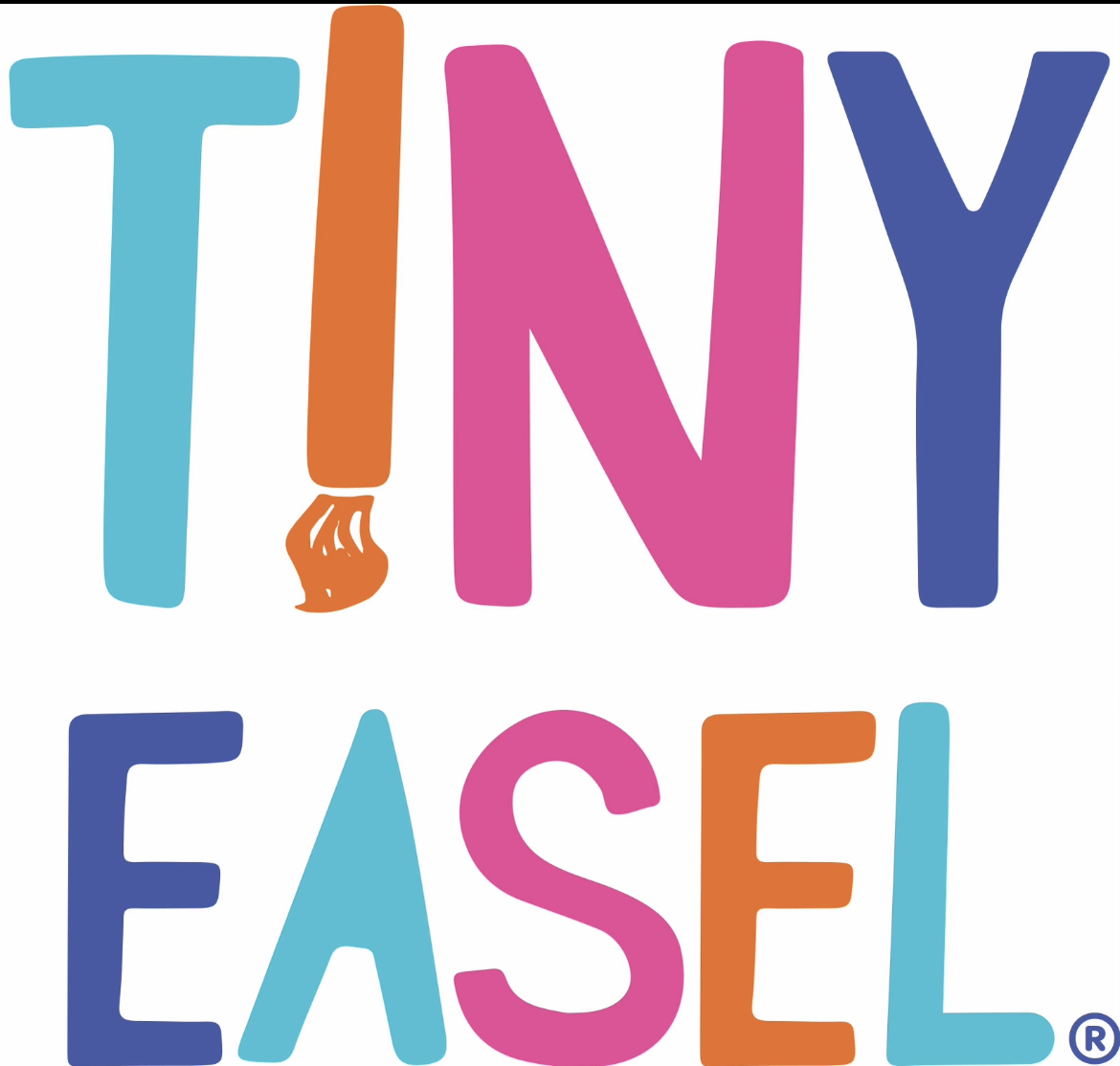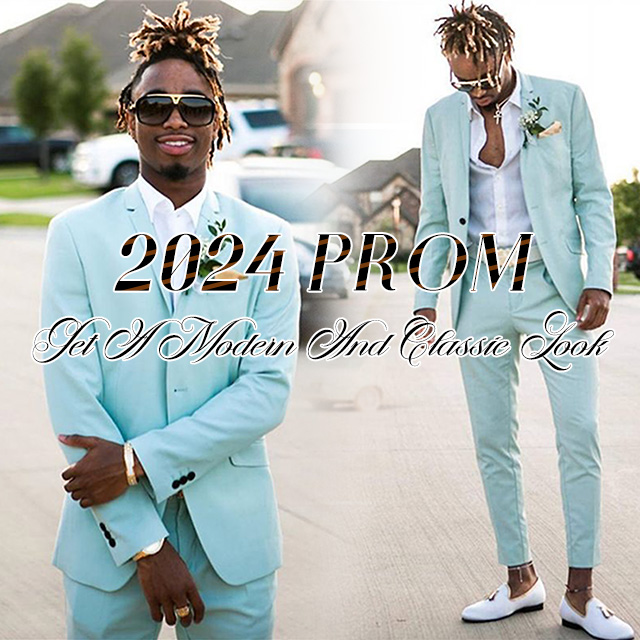Embracing your natural hair texture is all about celebrating what makes your hair unique, whether you have loose waves, tight coils, or anything in between. No two heads of hair are exactly alike, and understanding your curl type and how to care for it is key to achieving beautiful, healthy locks. Whether you’re new to wearing your natural texture or looking for tips to better manage your curls, here’s a comprehensive guide to help you love and care for your hair, no matter your curl type.
1. Understanding Your Curl Type
Before you can properly care for your natural hair, it’s important to understand your curl type. Curly hair is typically categorized into four main types: Type 1 (straight), Type 2 (wavy), Type 3 (curly), and Type 4 (coily or kinky). Within each type, there are subcategories (A, B, C) that further define the curl pattern.
- Type 2: Wavy Hair
- 2A: Loose, barely-there waves that are easy to straighten and style.
- 2B: More defined waves that form an “S” shape and may have some frizz.
- 2C: Thick, well-defined waves that may form loose curls and are prone to frizz.
- Type 3: Curly Hair
- 3A: Large, loose curls with a definite shape and bounce.
- 3B: Tighter curls that are springy and have more volume.
- 3C: Tight corkscrew curls with lots of volume and definition.
- Type 4: Coily Hair
- 4A: Tight, well-defined coils that have an “S” pattern and are soft to the touch.
- 4B: Less defined, more zig-zag patterned curls that can be fragile.
- 4C: Very tight, densely packed curls that often lack definition and require extra moisture.
Understanding your curl type will help you choose the right products and techniques to keep your hair looking and feeling its best.
2. Hydration Is Key
Curly hair tends to be more prone to dryness because the natural oils from the scalp have a harder time traveling down the hair shaft. This makes hydration an essential part of caring for your natural texture. No matter your curl type, moisture is key to maintaining defined, healthy curls that are free of frizz.
Deep Conditioning: Make deep conditioning a regular part of your hair care routine. Deep conditioners are formulated to provide intense hydration and help repair damage. For best results, deep condition your hair once a week, especially if you have Type 3 or Type 4 curls.
Leave-In Conditioner: Incorporate a leave-in conditioner after washing your hair to help lock in moisture and keep curls soft and manageable. Leave-in conditioners are great for adding hydration throughout the week and keeping your curls fresh.
3. Use the Right Products for Your Curl Type
The products you use can make a big difference in how your curls look and feel. Here are some product recommendations based on your curl type:
- Type 2 (Wavy Hair): Use lightweight, volumizing products that won’t weigh your waves down. A light mousse or curl-enhancing spray is great for adding definition without the crunch.
- Type 3 (Curly Hair): Opt for curl creams and gels that provide hold and definition while keeping curls soft. Look for products that contain hydrating ingredients like aloe vera or shea butter.
- Type 4 (Coily Hair): Coily hair requires heavy-duty moisture, so rich butters and oils are a must. Use products with natural oils like coconut oil, castor oil, or jojoba oil to keep your curls hydrated and minimize breakage.
4. Protect Your Curls While You Sleep
One of the biggest challenges for curly-haired individuals is waking up with frizzy, flattened curls. Protecting your curls while you sleep can help maintain their shape and minimize frizz.
- Pineapple Method: Gather your hair into a loose, high ponytail at the top of your head before going to bed. This helps keep your curls intact and prevents them from being squished while you sleep.
- Satin or Silk Pillowcase: Sleep on a satin or silk pillowcase to reduce friction, which can lead to frizz and breakage. Alternatively, wrap your hair in a satin or silk scarf to keep your curls protected.
5. Minimize Heat Styling
Heat styling can cause damage and lead to dryness, especially for curly and coily hair. Embrace your natural texture by minimizing the use of heat tools like flat irons and curling wands. If you do need to use heat, always apply a heat protectant spray beforehand to reduce damage.
Instead of relying on heat, try heat-free styling methods such as twisting, braiding, or using flexi-rods to create definition and shape. These techniques help enhance your natural curl pattern without the risk of heat damage.
6. Detangle with Care
Curly hair is more prone to tangling, but aggressive brushing can lead to breakage and frizz. Always detangle your hair with care, using a wide-tooth comb or your fingers.
- Detangle When Wet: Detangle your hair when it’s wet and saturated with conditioner. The conditioner will provide slip, making it easier to work through knots without causing damage.
- Start from the Ends: Begin detangling from the ends of your hair and work your way up to the roots. This helps prevent breakage and makes the process much easier.
7. Refresh Your Curls Between Washes
Washing curly hair too frequently can strip it of its natural oils, leading to dryness. Instead of washing your hair daily, refresh your curls between washes to keep them looking their best.
- Water and Leave-In Conditioner: Mix water and a leave-in conditioner in a spray bottle and lightly mist your curls to revive them. This will help rehydrate your curls and bring back their definition.
- Curl Refreshing Spray: Many brands offer curl-refreshing sprays that are designed to bring life back to second- or third-day curls. These sprays are formulated to reduce frizz and redefine your curls without the need for a full wash.
8. Trim Regularly
Regular trims are essential for keeping curly hair healthy and free of split ends. Split ends can lead to frizz and make it difficult for your curls to maintain their shape. Aim to trim your hair every 8-12 weeks to keep your curls looking their best.
If you’re not ready for a full trim, consider a dusting—trimming off just the very ends of your hair. This helps maintain length while getting rid of damaged ends.
9. Avoid Sulfates and Harsh Ingredients
Sulfates are harsh detergents found in many shampoos that can strip your hair of its natural oils, leading to dryness and frizz. Look for sulfate-free shampoos and conditioners that are formulated specifically for curly hair. These products are gentler on your hair and help retain moisture.
Other ingredients to avoid include alcohols and parabens, which can also contribute to dryness. Opt for products with nourishing, natural ingredients that support healthy curls.
10. Embrace the Journey
Learning to embrace your natural hair texture is a journey that involves trial and error. Everyone’s curls are unique, and what works for one person may not work for another. Take the time to experiment with different products and techniques until you find what works best for your hair.
Remember that your natural hair is beautiful, and embracing it is a powerful act of self-love. Celebrate your curls, waves, or coils, and enjoy the process of caring for your hair in a way that honors its unique texture. Whether you have loose waves or tight coils, your natural hair is a part of what makes you unique, and learning to embrace it can be a rewarding and empowering experience.








